Dehydrating jalapeños is a simple and effective way to preserve their fiery flavor for months or even years. Whether you're a home cook, gardener, or spice enthusiast, mastering this process ensures you always have fresh-tasting heat for your favorite dishes. This guide covers everything you need to know: step-by-step methods, storage tips, creative uses, and expert recommendations for equipment. Let's get started!
Learn how to dehydrate jalapeño peppers properly to avoid common mistakes, maximize shelf life, and unlock endless culinary possibilities. We've included detailed instructions, visual comparisons, and practical advice for all skill levels.
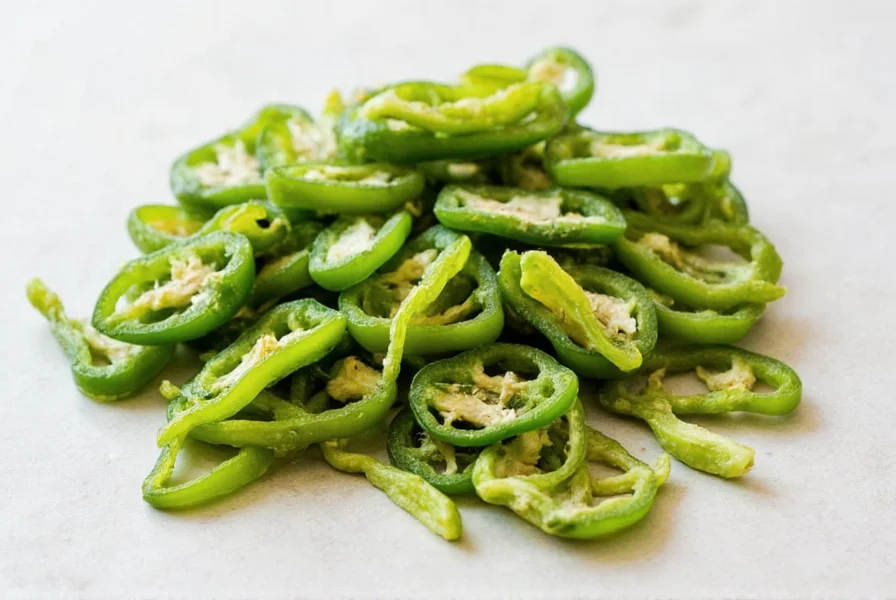
Table of Contents
- Why Dehydrate Jalapeño Peppers?
- Dehydration Methods Compared
- Step-by-Step Guide to Dehydrate Jalapeños
- Storage Tips for Maximum Shelf Life
- Creative Ways to Use Dried Jalapeños
- Buying Guide: Dehydrators & Accessories
- Frequently Asked Questions
- Conclusion
Why Dehydrate Jalapeño Peppers?
Dehydrating jalapeños offers significant advantages over other preservation methods:
- Preserve Flavor & Heat: Unlike freezing or canning, dehydration retains the pepper's natural capsaicin and aromatic compounds for intense, consistent heat.
- Space-Saving Storage: Dried jalapeños take up 90% less space than fresh peppers, ideal for small pantries or long-term storage.
- Cost Efficiency: Preserve bulk harvests or seasonal deals without expensive equipment—no refrigeration or freezer space needed.
- Versatile Culinary Uses: From powders and flakes to rehydrated slices, dried jalapeños enhance soups, sauces, rubs, and snacks year-round.
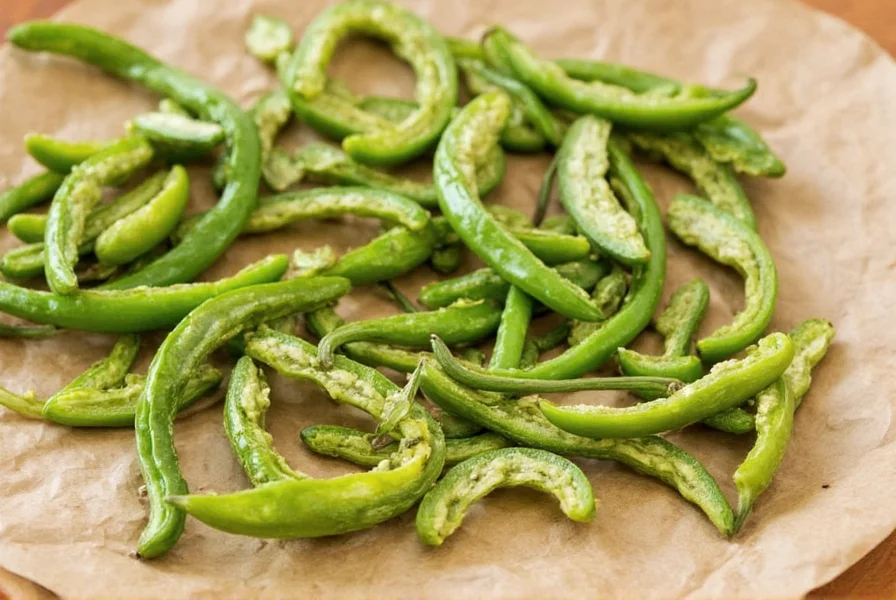
Dehydration Methods Compared
Choosing the right method depends on your budget, volume, and desired results. Here's a detailed comparison:
| Method | Pros | Cons | Best For |
|---|---|---|---|
| Sun Drying | Zero cost, natural process | Weather-dependent (requires 3+ sunny days), slow (2-5 days), risk of contamination | Casual gardeners in arid climates |
| Oven Drying | Uses existing kitchen equipment, fast for small batches | Hard to control temperature (risk of cooking vs drying), uneven results, energy-intensive | Occasional use, 1-2 lbs of peppers |
| Food Dehydrator | Consistent results, adjustable temperature, energy-efficient, handles large batches | Initial investment required, takes counter space | Regular users, serious hobbyists, commercial use |
| Freeze-Drying (Commercial) | Longest shelf life (2+ years), preserves texture and nutrients | Extremely expensive equipment ($1,000+), not practical for home use | Professional producers, emergency preparedness |
Which Method Is Right for You?
For most home cooks, a food dehydrator provides the best balance of results and convenience. If you're new to dehydration, start with oven drying for small batches to test the process before investing in equipment.
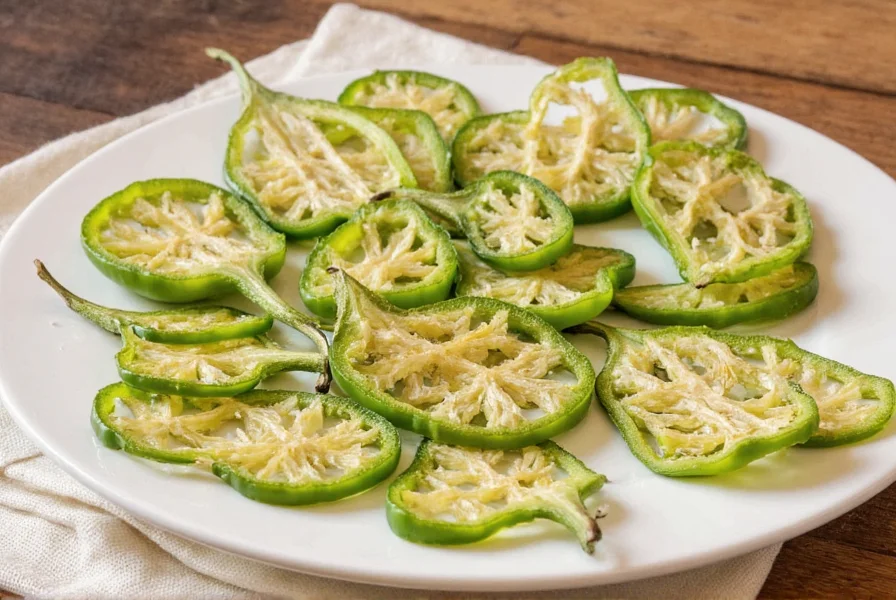
Step-by-Step Guide to Dehydrate Jalapeños
Follow these scientifically tested steps for perfect results every time:
- Wash & Prep: Rinse peppers under cool water. Remove stems and slice into ¼-inch rings (for even drying) or leave whole for rustic texture. Pro Tip: Wear gloves when handling to avoid skin irritation from capsaicin.
- Pre-Treat (Optional): Dip slices in lemon juice or citric acid solution (1 tbsp per cup of water) for 2 minutes to preserve color and prevent browning.
- Arrange Properly: Place peppers in a single layer on dehydrator trays with ½-inch spacing. Avoid overlapping to ensure airflow. For oven drying, use parchment-lined baking sheets.
- Set Temperature: Dehydrator: 135°F (57°C). Oven: Lowest setting (150-170°F/65-77°C) with door propped open 1-2 inches for ventilation.
- Dry Until Crisp: Check every 2 hours. Drying time: 8-12 hours in dehydrator, 6-10 hours in oven. Peppers are ready when they snap cleanly (no flexibility) and feel dry to the touch.
- Cool & Condition: Let peppers cool completely at room temperature for 30 minutes. Place in a glass jar for 7 days, shaking daily to redistribute moisture. This prevents mold during storage.
Key Success Factors
- Never dry at temperatures above 140°F (60°C)—this cooks the peppers instead of dehydrating them.
- For uniform drying, rotate trays every 4 hours in dehydrators without fan circulation.
- Test doneness by bending a piece: if it cracks cleanly without bending, it's fully dehydrated.
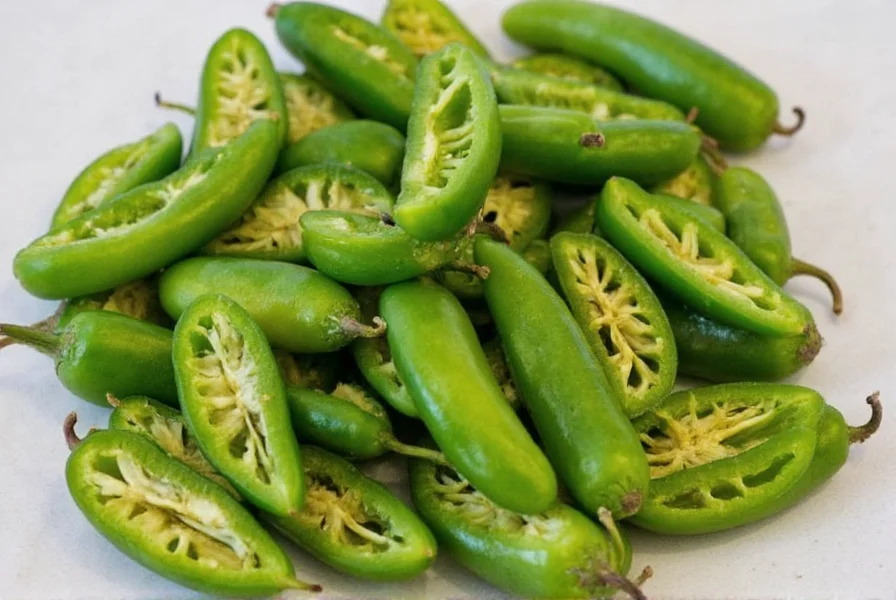
Storage Tips for Maximum Shelf Life
Proper storage prevents moisture absorption and preserves flavor for up to 2 years:
- Containers: Use glass mason jars with vacuum seals or Mylar bags with oxygen absorbers. Avoid plastic containers that allow moisture transfer.
- Environment: Store in a dark, cool place (below 60°F/15°C). Refrigeration or freezing extends shelf life significantly.
- Moisture Control: Add silica gel packs or food-grade desiccants to absorb residual humidity. Check monthly for condensation.
- Labeling: Note the date and pepper variety. Dried jalapeños maintain peak flavor for 12-18 months when stored properly.
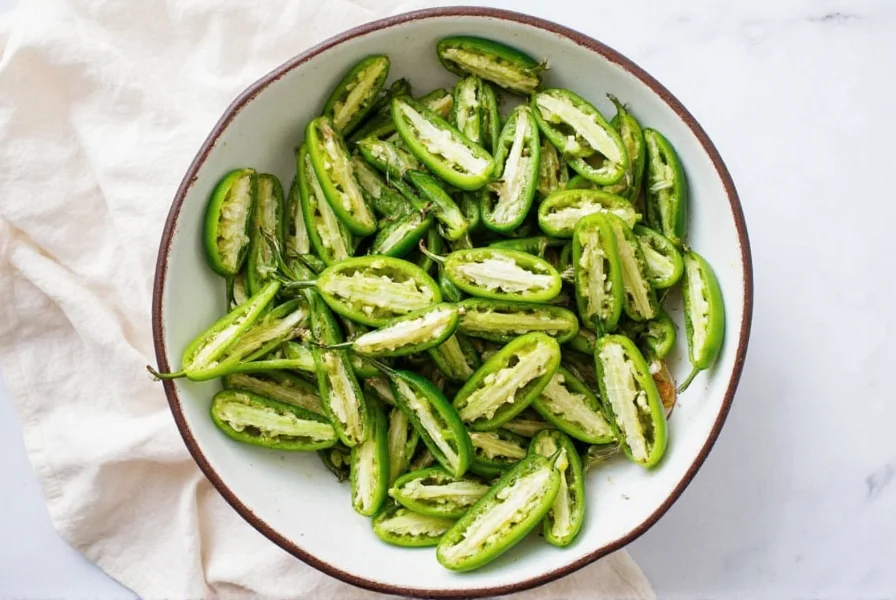
Creative Ways to Use Dried Jalapeños
Transform dried jalapeños into versatile ingredients for any dish:
- Homemade Chili Powder: Grind dried peppers with cumin, oregano, and garlic powder for a customizable spice blend.
- Smoky BBQ Rub: Mix with smoked paprika, brown sugar, and coffee grounds for a complex rub for ribs or chicken.
- Instant Salsa Base: Soak dried slices in hot water for 15 minutes, then blend with tomatoes, cilantro, and lime juice.
- Spicy Infused Oil: Steep dried jalapeños in olive oil for 2 weeks to create a flavorful base for dressings or drizzling.
- Snack Seasoning: Toss dried flakes with popcorn, roasted nuts, or kettle chips for an addictive spicy kick.
- Emergency Food Preservation: Add to canned tomatoes or beans for instant heat without fresh peppers.
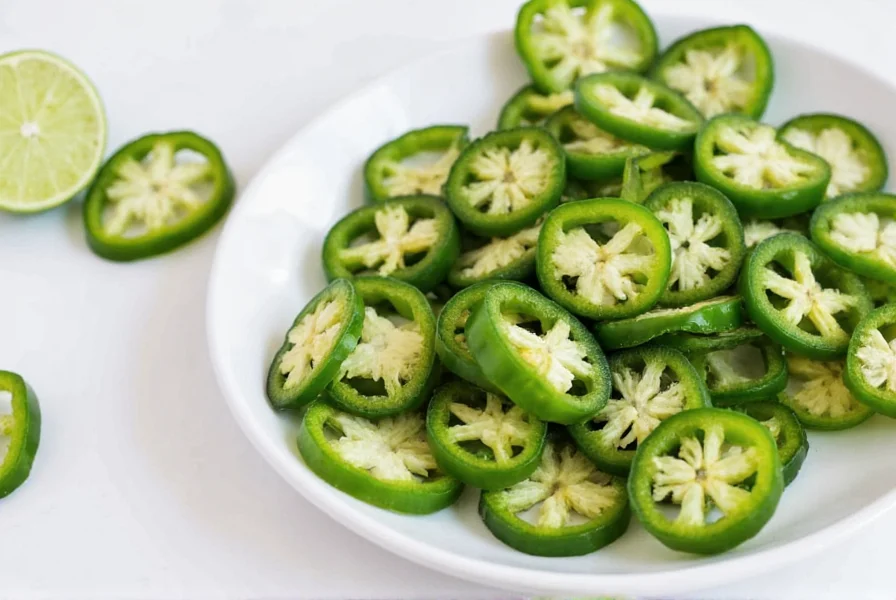
Buying Guide: Dehydrators & Accessories
| Product | Description | Key Features | Best For | Price |
|---|---|---|---|---|
| Excalibur 3926TB | Professional-grade dehydrator | 10 trays, 145 sq ft area, digital timer, 9-hour auto-shutoff | Large batches, commercial use | $350-$400 |
| OSTBA 5-Tray Dehydrator | Compact countertop model | Quiet operation, stainless steel trays, 48-hour timer | Beginners, small households | $65-$80 |
| Cosori Premium Dehydrator | Smart home-friendly model | 9 trays, touchscreen controls, 24-hour auto-shutoff | Families, moderate use | $120-$150 |
| FoodSaver Vacuum Sealer | Essential for long-term storage | Automatic bag sealing, moisture barrier technology | Preserving large quantities | $80-$120 |
| Food-Grade Silica Gel Packs | Moisture control for storage | Reusable, non-toxic, 100+ packs per bag | Preventing mold in jars | $10-$15 |
Pro Accessories Checklist
- Disposable nitrile gloves (for handling hot peppers)
- High-quality spice grinder (for fine powders)
- Vacuum-sealed Mylar bags (for freeze-dried storage)
- Dark glass jars with tight seals (for visible storage)
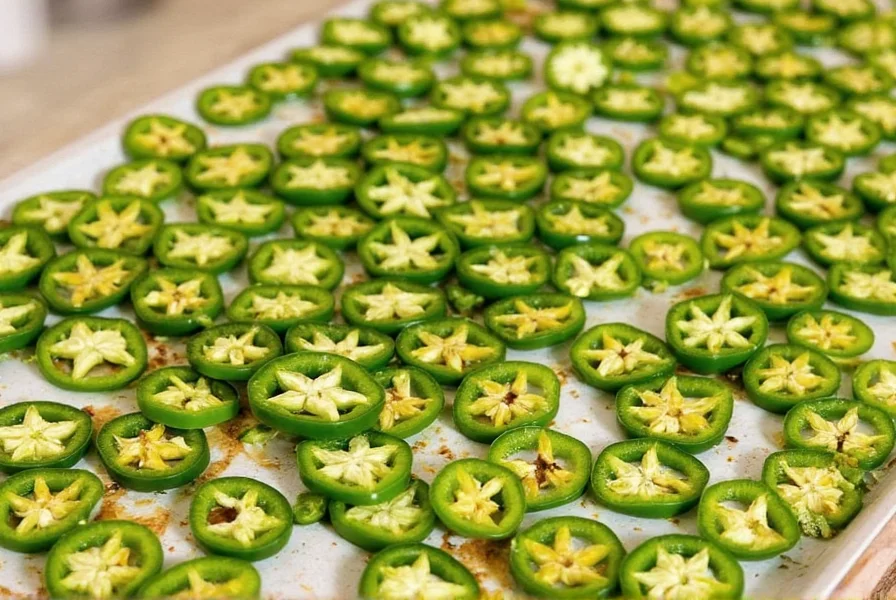
Frequently Asked Questions
Can I dehydrate jalapeños with the seeds?
Yes, but seeds contain most of the capsaicin. Leaving them in creates hotter dried peppers. For milder heat, remove seeds before drying. Always wear gloves when handling seeds.
How do I know when jalapeños are fully dehydrated?
They should snap cleanly when bent (no flexibility), feel dry and leathery, and have no visible moisture. Under-dried peppers will mold; over-dried ones become brittle and lose flavor.
Do dried jalapeños lose heat over time?
No—capsaicin remains stable during proper dehydration and storage. In fact, dried jalapeños often taste hotter than fresh due to concentrated flavor compounds.
Can I use a microwave to dehydrate jalapeños?
Not recommended. Microwaves cook food unevenly and destroy flavor compounds. Always use dedicated dehydrating methods for consistent results.
How long do dried jalapeños last?
Properly stored in airtight containers with oxygen absorbers:
- Room temperature: 6-12 months
- Refrigerated: 1-2 years
- Frozen: 2+ years
What's the best way to rehydrate dried jalapeños?
Soak in hot water or broth for 15-20 minutes until pliable. For salsas or sauces, skip rehydration and blend directly with liquid ingredients.
Conclusion
Dehydrating jalapeños is a simple, cost-effective way to preserve their fiery flavor for year-round cooking. With the right method, storage, and creative uses, you'll never run out of heat for your favorite dishes. Start small with oven drying, then invest in a dehydrator for consistent results. Remember: proper drying and storage are key to maintaining flavor and preventing spoilage.
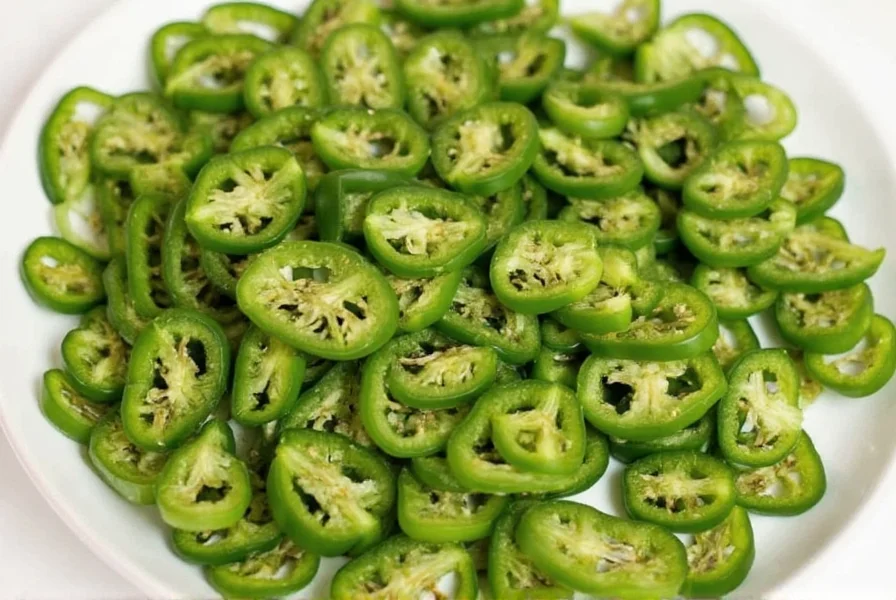
Now you're ready to transform your jalapeño harvest into a pantry staple that elevates every meal. Happy dehydrating!

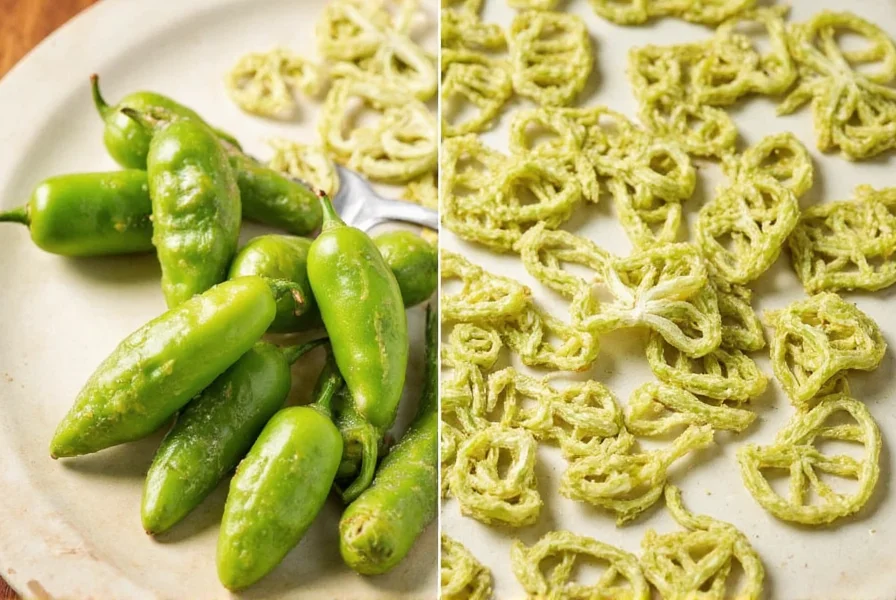









 浙公网安备
33010002000092号
浙公网安备
33010002000092号 浙B2-20120091-4
浙B2-20120091-4